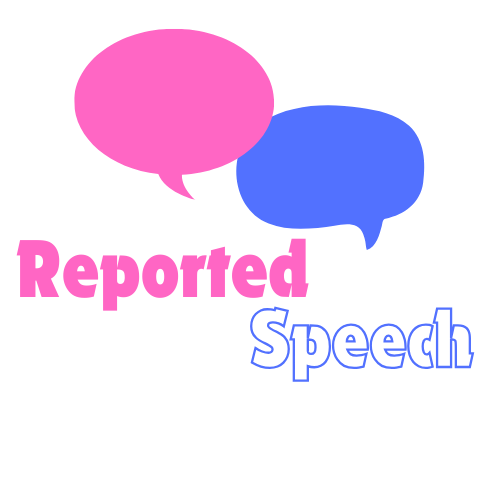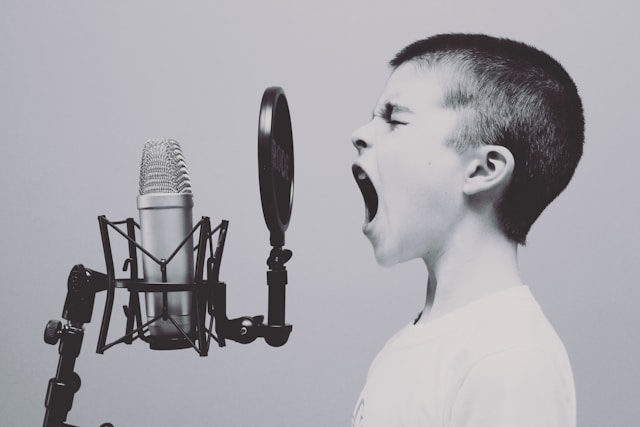As a non-native speaker of English, grammar rules can seem confusing, but it doesn’t have to. With patience, practice, and a clear understanding of the basics, anyone can master English grammar, including the use of articles.
Grammar articles are crucial in English language structure, it helps to make communication more clear. For non-native English speakers, understanding the nuances of articles – “a”, “an”, and “the” – is fundamental for mastering the language.
Here are three reasons for using Articles:
1. Definite Article “The”
“The” tells us about the specific topic, person, thing, or event the speaker is talking about. “The” is used to specify a particular noun that is already known to the reader or listener.
Consider these examples:
-
- “I saw the cat chasing the mouse.” (Refers to specific cat and mouse)
-
- “Please pass the salt.” (Refers to a particular salt shaker, or salt container)
-
- “We went to the gumba in Boudha.” (Refers to a specific store)
In contrast, sentences with no “article” seem to lack something in theme and are grammatically incorrect.
-
- “I saw cat chasing mouse.”
-
- “Please pass salt.”
-
- “We went to gumba in Boudha.”
“The” is also a determiner. A determiner comes before a noun in a sentence to provide context or clarity about the subject. Determiners give more information about the noun – quantity, quality, or relationship to the speaker and listener.
Before superlatives: “She is the tallest girl in the class.”
Before ordinal numbers: “We had the first lesson today.”
Before singular or plural nouns: “She loves the mountains.” / “He visited all the temples in Kathmandu.”
2. Indefinite Articles “A” and “An”
“A” and “an” talk about general things. They refer to non-specific nouns or when the noun being mentioned is not previously known to the listener. The choice between “a” and “an” depends on the sound that follows the article, rather than the letter itself.
Here are examples:
-
- “I want a book to read.” (Referring to any book)
-
- “She is an artist.” (Referring to any artist)
-
- “He found a key.” (Referring to any key)
-
- “She bought an umbrella.” (Referring to any umbrella)
When to Use “A” or “An”
The choice between “a” and “an” depends on the sound at the beginning of the noun that follows. “A” is used before words that begin with a consonant sound, while “an” is used before words that begin with a vowel sound:
-
- “He ate an apple.” (Vowel sound of “apple”)
-
- “She bought a house.” (Consonant sound of “house”)
-
- “I saw a unicorn.” (Consonant sound of “unicorn”)
-
- “She found an hour.” (Vowel sound of “hour”)
3. Omission of Articles
Here’s when to not use “Articles”.
-
- Before plural nouns used in a general sense: “Dogs are loyal animals.”
-
- Before uncountable nouns used in a general sense: “We need air to live.”
-
- Before proper nouns: “I live in Pokhara.”
Importance of Articles:
Articles provide important information about the nouns they precede, indicating whether they are specific or general, known or unknown.
In Conclusion:
Understanding English grammar articles is important for clear communication. “The” is used for specific things, while “a” and “an” are for things in general. Use “a” before words that start with a consonant sound, and “an” before words that start with a vowel sound.
PRACTICE:
- I need ___ umbrella for the rain.
- Can you pass me ___ salt, please?
- She wants to buy ___ new car.
- ___ cat chased ___ mouse.
- He found ___ interesting book at the library.
- We visited ___ museum yesterday.
- Please bring me ___ glass of water.
- ___ sun rises in the east.
- He bought ___ ticket to the concert.
- She has ___ beautiful garden.
- ___ dog barked loudly at ___ mailman.
- I saw ___ old man walking down ___ street.
- She bought ___ loaf of bread at ___ bakery.
- We watched ___ movie last night.
- ___ teacher handed out ___ worksheet to each student.
- He picked up ___ pencil from ___ desk.
- She adopted ___ puppy from ___ shelter.
- He needs ___ new pair of shoes.
- ___ children played in ___ park.
- She received ___ invitation to ___ party next weekend.
Click Here For More Practice For SEE and BLE
ANSWERS:
- I need an umbrella for the rain.
- Can you pass me the salt, please?
- She wants to buy a new car.
- The cat chased a mouse.
- He found an interesting book at the library.
- We visited the museum yesterday.
- Please bring me a glass of water.
- The sun rises in the east.
- He bought a ticket to the concert.
- She has a beautiful garden.
- The dog barked loudly at the mailman.
- I saw an old man walking down the street.
- She bought a loaf of bread at the bakery.
- We watched a movie last night.
- The teacher handed out a worksheet to each student.
- He picked up a pencil from the desk.
- She adopted a puppy from the shelter.
- He needs a new pair of shoes.
- The children played in the park.
- She received an invitation to a party next weekend.



